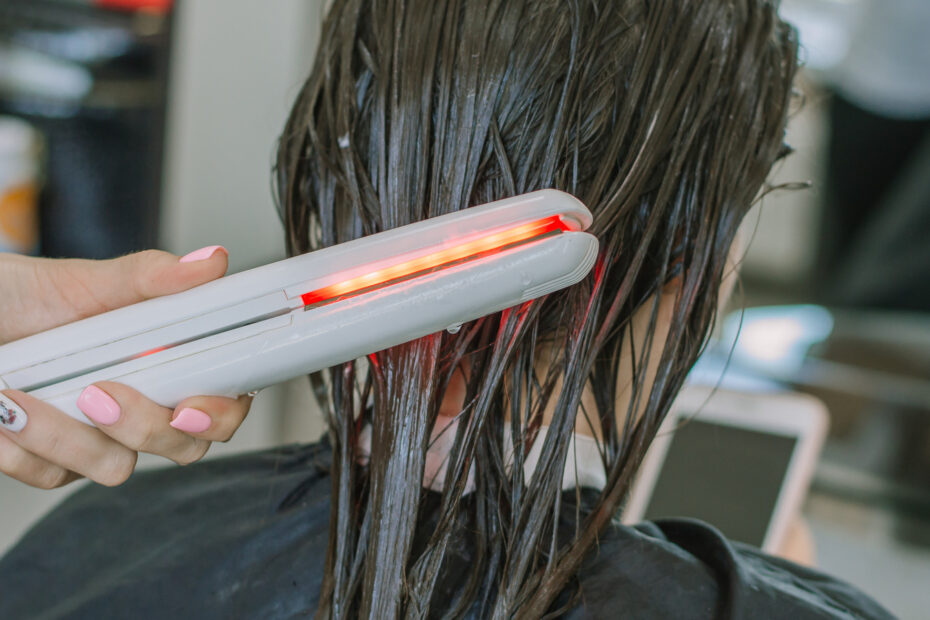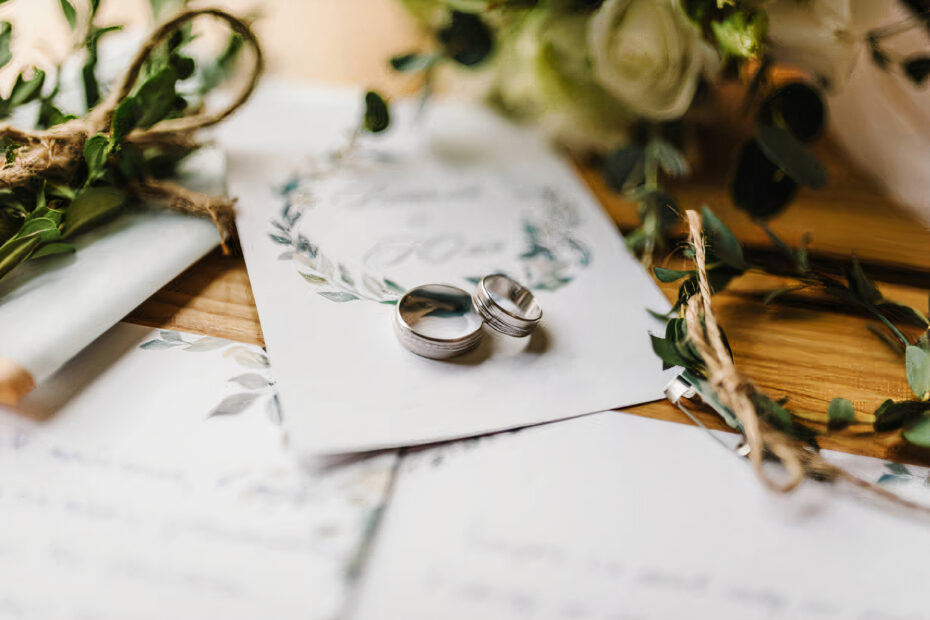Can You Use a Hair Straightener on Wet Hair?
If you’re learning how to straighten your hair at home, one of the first things you’ll probably ask yourself is — can you use a hair straightening tool on wet hair? It may seem like a time saver to skip the blow-dry step, but it may cost you if you do it incorrectly and will leave your hair damaged and frizzy. Here’s everything you need to know to create smooth, straight hair without destroying your strands.
Can You Use a Hair Straightener on Wet Hair?
No. You should never use a regular hair straightener on wet hair. Wet hair is weak, and heat applied directly on wet hair can cause steam to build up inside the hair strands. Steam causes internal pressure that breaks hair, causing strands to split and become brittle and frizzy, which is difficult to remedy later.
Only a wet-to-dry straightener designed with a vent system should be used on wet hair. These devices allow moisture to escape easily while straightening.
What Happens If You Use a Regular Straightener on Wet Hair?
The hair straightening tool will quickly evaporate the water. The heat applied to wet hair instantly causes boiling water to convert to steam. The steam builds up inside your hair shaft and causes the hair to expand, pressurize, and possibly break from the inside out. You’ll notice:
| Problem | What It Is |
|---|---|
| Sounds like sizzling | Your hair is boiling inside |
| Burning smell | You’re frying the hair inside |
| Steam rising | Water is evaporating too quickly, potentially damaging the hair shaft |
| Frizz & breakage | Permanent damage, potential split ends, rough hair texture |
Hair will dry out and become dull and harder to style. Whatever you do afterwards, it will be more difficult to style your hair.
Are Wet-to-Dry Hair Straighteners Safe?
Yes, but only if you use them correctly and apply the straightener to damp hair instead of dripping wet hair. A wet-to-dry straightener (designed with a science-based steam vent housing) applies enough heat with unique vents that allow the water and moisture to evaporate.
Wet-to-dry straighteners can save time since they straighten and dry simultaneously. However, they can still reach high temperatures, so wet-to-dry tools should be monitored.
Even for wet-to-dry straighteners, it’s a good idea to spray your hair with a heat protectant before using the straightener.
How to Test How Wet Your Hair Is Before Straightening
Most women struggle with this piece; it is hard to know your hair’s exact “wetness” once you start drying it. A simple test to try:
- Use a cotton T-shirt, wrap a section of hair and wring it out.
- You are not ready if you wring the T-shirt out because it is still wet.
- You are probably prepared to start if not “dripping wet” or slightly damp but not soaking.
Your hair should be about 80-90% dry when straightening it.
How to Straighten Damp Hair at Home Safely (Step by Step)
- Dry Your Hair to the Right Level: Towel or air dry until damp or slightly wet but not dripping.
- Apply Heat Protectant: A heat protectant is a spray or serum that protects hair strands. If you skip this step, the hair strands will most likely become damaged.
- Section Your Hair: Aim to dry the hair evenly. Take small sections of hair to maximize working time without heat damage and avoid overheating any one section.
- Use the Wet-to-Dry Straightener: Set the temperature to medium. Go through the hidden segments first, then work your way up. Move the straightener slowly through the hair, allowing steam to escape through the vent. Follow the manufacturer’s instructions.
- Finish with a Hair Serum: After straightening, apply a lightweight serum or anti-frizz spray to finish the look and prevent frizz.
What Can You Do Instead of Straightening Wet Hair?
Instead of wet-straightening, which can cause hair damage and loss, you can take the following actions to help you get the straight hair you want:
- Blow-dry it first with a round brush to help smooth your hair.
- Air dry your hair until it is damp, then straighten.
- Straighten your hair with leave-in creams or serums that specifically relax your hair texture.
Common Mistakes to Avoid When Straightening Hair
Missing out on basic hair prep often causes the most harm when straightening your hair. Watch out for these common pitfalls:
| Mistake | Why It Is Bad |
|---|---|
| No heat protectant | Hair burns quicker and is damaged quickly. |
| Straightening at the highest heat | Higher heat does not straighten quicker — it burns your hair. |
| Straightening large sections | Your hair needs more passes, potentially causing more damage. |
| Nearby environmental moisture | When wet, your hair will steam and ultimately break. |
Consider your hair type when determining the heat setting to use. If you have fine hair, opt for a lower heat setting; thick hair can handle a higher setting.
Pro Tips for Healthy, Silky Straight Hair
- Choose a ceramic and/or tourmaline straightener (they heat uniformly and have adjustable heating).
- Use a deep conditioner once weekly to replace moisture and maintain soft hair.
- Trim your ends every 6-8 weeks to avoid split ends climbing the hair shaft.
- Add a finishing serum or oil to shine and protect against environmental moisture.


